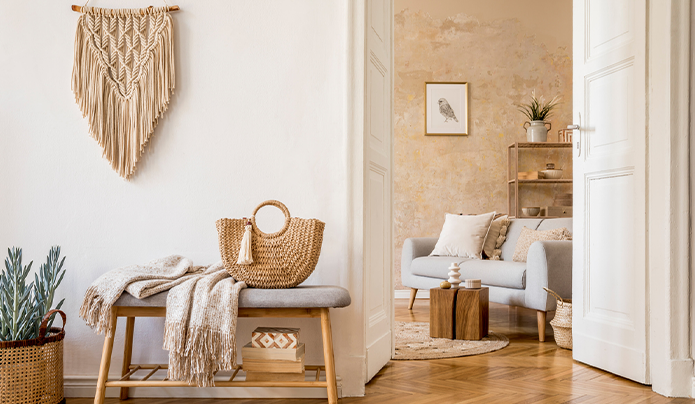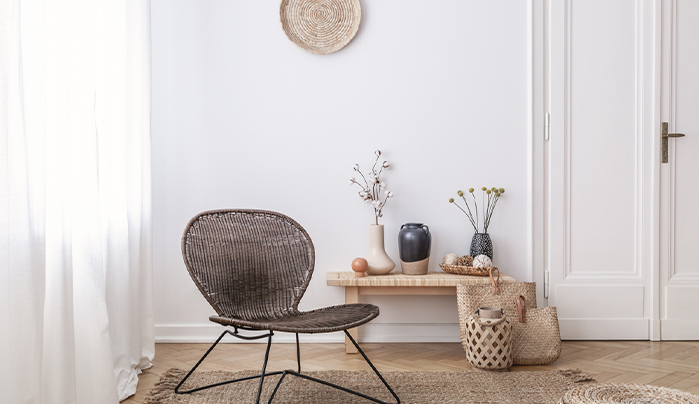Plywood is one of the most used and recognized types of material in the construction and processing of furniture. It is susceptible to water damage that leads to warping, delamination, and mold formation on its surface. The measures to increase the durability of the plywood discussed below include repair and preventive measures. The following is a step-by-step guide and precautions on how to treat plywood that has been stained with water and how to avoid future warping.

Damage Estimation
Before starting repairs, it is important to know the extent of water damage. Check for signs such as:
- Warping: Any of the plywood sheets being warped, twisted, or deformed.
- Delamination: Separation of the plywood layers.
- Mould and Mildew: Change in colour, black spots, or foul smells due to fungal growth.
- Soft Spots: Parts that are easily pressed or that sink slightly when touched.
Drying the Plywood
The first and most vital step in repairing water-damaged plywood is drying it. Here’s how:
- Remove Standing Water: Use a wet vacuum cleaner to remove surface water after washing.
- Ventilation: Open windows and doors to allow fresh air in.
- Dehumidifier: Use an air dehumidifier to lower humidity levels in the room.
- Heat: Gently warm the plywood with a space heater or heat gun. Avoid excessive heat to prevent further damage. Drying may take several days to a week depending on the extent of damage and weather conditions.
Addressing Delamination
If your plywood has delaminated, you'll need to re-glue the layers. Follow these steps:
- Clean the Surface: Use a brush to remove debris stuck between the delaminated layers.
- Apply Wood Glue: Use a syringe or small soft brush to apply wood glue evenly between layers.
- Clamp the Layers: Press layers together using metal clamps. Place flat wooden boards on both sides for even pressure.
- Drying Time: Let it dry according to the glue manufacturer's instructions, typically 24 hours.
Sanding and Finishing
Once repairs are complete, sand and finish the surface:
- Sand the Surface: Use 120 grit sandpaper to smooth out rough or darkened areas.
- Finish: Apply a waterproofing sealer, clear coat, or paint to protect the plywood from future damage.
Preventing Future Warping
To prevent future warping and water damage, follow these preventive measures:
- Seal the Plywood: Apply a water-resistant solution to all surfaces, edges, and joints to prevent moisture absorption.
- Proper Installation: Use installation methods that allow space for material expansion or shrinkage with changes in humidity.
- Ventilation: Ensure areas where plywood is installed are well-ventilated.
- Avoid Direct Water Contact: Do not expose plywood to direct water. If exposed, dry it promptly and use mats or barriers in wet areas.
- Regular Maintenance: Frequently check for moisture and fix leaks or spills as soon as possible to prevent damage.

Conclusion
By following these steps, you can effectively repair water-damaged plywood and take proactive measures to prevent future warping and damage. This ensures the longevity and durability of your plywood, making it a reliable material for various applications.
But do you know what’s better? Investing in a waterproof plywood . Yes, with CenturyPly, you get ‘Asli Waterproof Plywood’ that stands strong against 20+ tests. Buy now!

